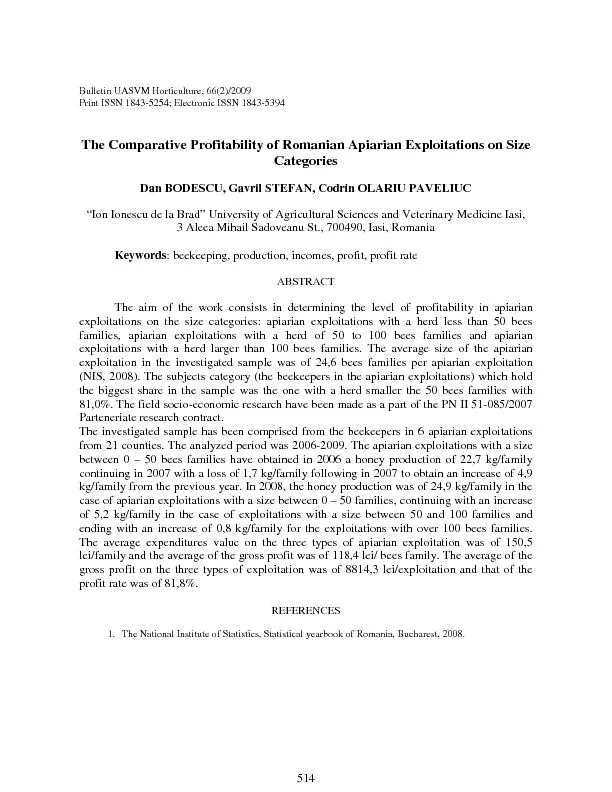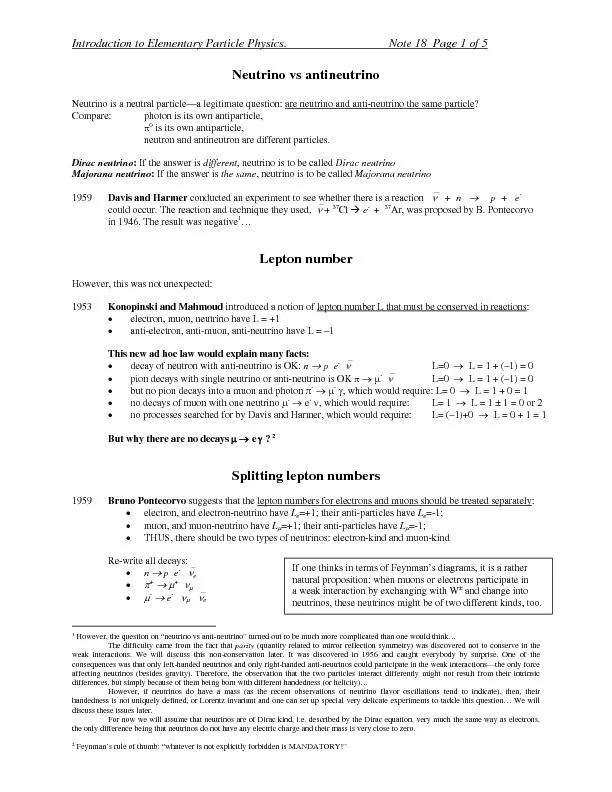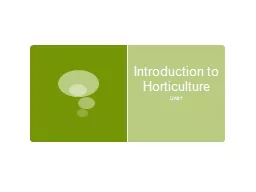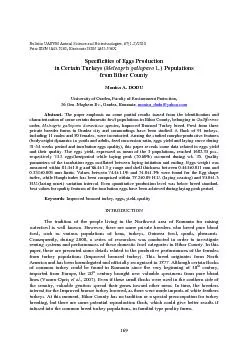PDF-Bulletin UASVM Horticulture, 66(2)/2009 Print ISSN 1843-5254; Electron
Author : cheryl-pisano | Published Date : 2016-03-23
514 ABSTRACT The aim of the work consists in determining the level of profitability in apiarian exploitations on the size categories apiarian exploitations with
Presentation Embed Code
Download Presentation
Download Presentation The PPT/PDF document "Bulletin UASVM Horticulture, 66(2)/2009 ..." is the property of its rightful owner. Permission is granted to download and print the materials on this website for personal, non-commercial use only, and to display it on your personal computer provided you do not modify the materials and that you retain all copyright notices contained in the materials. By downloading content from our website, you accept the terms of this agreement.
Bulletin UASVM Horticulture, 66(2)/2009 Print ISSN 1843-5254; Electron: Transcript
Download Rules Of Document
"Bulletin UASVM Horticulture, 66(2)/2009 Print ISSN 1843-5254; Electron"The content belongs to its owner. You may download and print it for personal use, without modification, and keep all copyright notices. By downloading, you agree to these terms.
Related Documents














